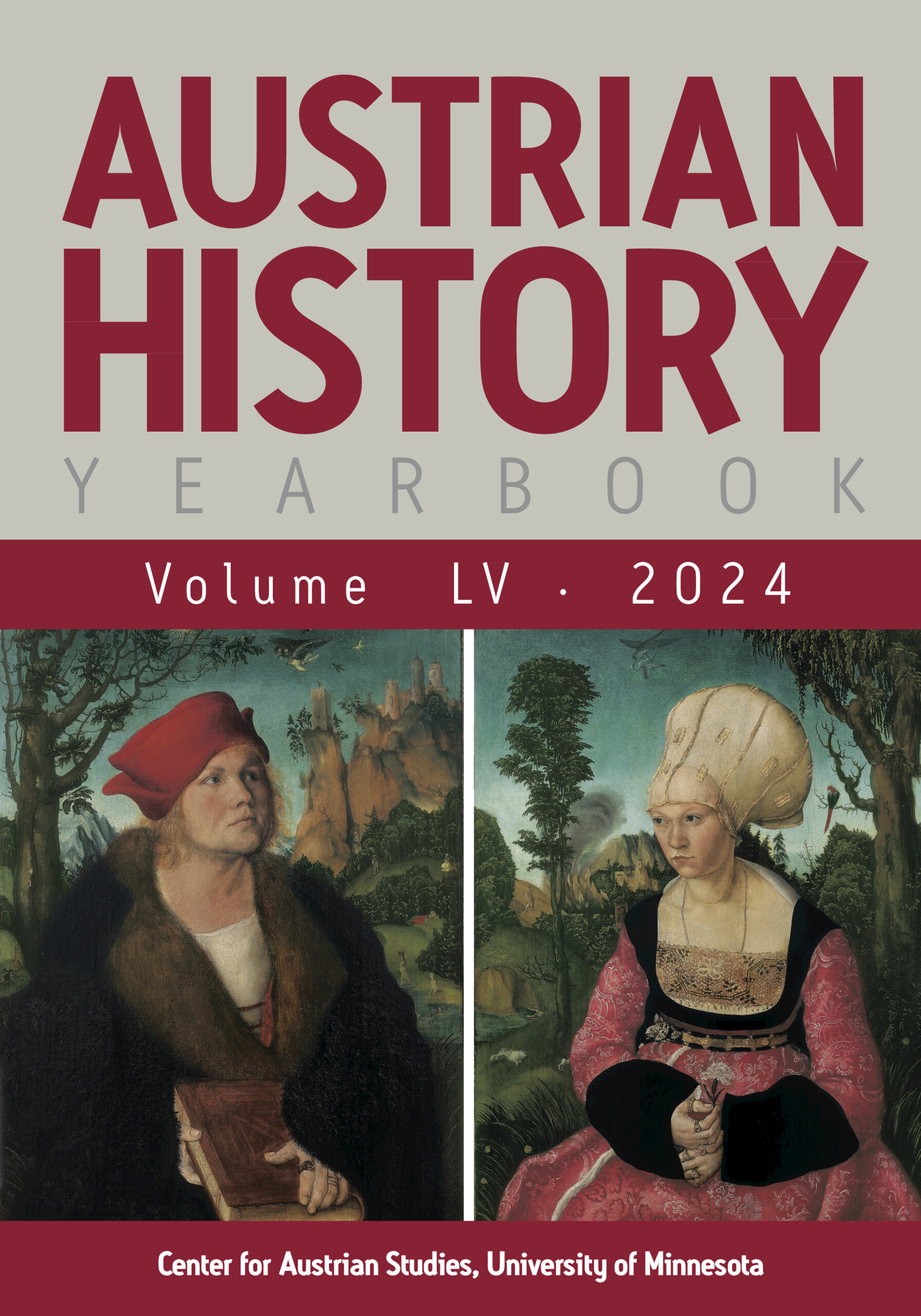The figure of the destitute beggar is ubiquitous in Eastern European Jewish literature and iconography. Whether in Sholem Abramovitch's 1869 novella Fishke the Lame, S. An-ski's 1916 play Dybbuk, or Hermann Struck's 1920 illustrations, the destitute, disabled, and mad have been presented as metaphors for the Jews of Eastern Europe. In his compelling monograph, Stepchildren of the Shtetl, Natan Meir expertly analyzes both the ways in which the image of Jewish marginality emerged, and the real plights of those who were historically marginalized.
Meir's efforts to unearth the experiences of those Jews who were marginalized on account of their poverty or disability is an admirable one. In contrast to many of the literary or folk depictions of those who lived on the margins, which often portrayed liminal people as possessing mystical powers, being intermediaries between the real world and the supernatural, or being in close proximity to the divine, Meir's study rests firmly on the foundation that they were ordinary people in need of assistance. This assistance, though, was never adequate and became increasingly impersonal over time. The custom of housing beggars in one's private home, for instance, gave way to the impersonal and poorly funded hekdesh, essentially a poorhouse, and later to more institutionalized facilities. Although supported with communal funds, the hekdesh seems to have been a wretched place, to which the community was only willing to provide a pittance. Under the conscription laws of the nineteenth century, those with disabilities or lack of resources were not only confined to the hekdesh but were often sent into military service in place of the wealthy and connected. Throughout the nineteenth century, the poor became increasingly isolated from the mainstream.
Those living on the margins, though, continued to be romanticized, held up as warnings that “there but for the grace of God go I,” and imagined as mystical beings. The most interesting example of this phenomenon is the cholera wedding, the custom in which two beggars are married in the cemetery in an effort to ward off disease or communal misfortunate. Meir's interpretation of this rite suggests that it may have emerged from scapegoating, symbolically displacing the epidemic onto the marginal. His analysis draws attention to the Bakhtinian carnivalesque associated with the practice as well as to the ways in which it sought to restore gender norms to those who were ambivalently gendered.
Among the book's strengths are its close studies of literary works, which serve as one of Meir's main sources. At times, the literary distorts the history, presenting idealized, romanticized, and condescending portraits of its subjects. But for the most part, Meir is careful to distinguish the two. He probes the many writers who have made the less fortunate into their protagonists, offering deep readings of the works of Shmuel Yosef Agnon, Yitzhok Leybush Peretz, Nahman of Bratslav, S. An-ski, and others, including, in an epilogue on the post-World War II era, Chaim Grade and Isaac Bashevis Singer, whose Gimpel the Fool is one of the most well-known characters in Yiddish literature.
In addition to literary material, Meir draws from the archive of Rabbi Eliyahu Gutmakher, a late eighteenth-century Hasidic rabbi and reputed wonderworker to whom thousands of ordinary Jews turned with petitions and questions. These handwritten documents are a treasure trove for social historians seeking to better understand the real concerns of Polish Jews on the eve of modernity. Meir shows how Gutmacher's petitioners straddled the promise of medicine and science with a world of evil spirits and amulets, seeking blessings from the wonderworking rabbi to reinforce or substitute for a doctor's advice. Meir's command of these difficult sources is admirable. One only wishes that he had made more use of them, as they comprise only a small portion of the book.
Ultimately, Meir provides us with a sober and illuminating history of the marginalized in Eastern European Jewish society with a focus on the nineteenth and early twentieth centuries. Methodologically, he also models a way of constructing more inclusive and diverse histories. Contrary to myth, not all Eastern European Jews were pauperized, powerless, physically unfit, and mentally unstable. But Meir has made a significant contribution in helping us better understand and appreciate those who were.


